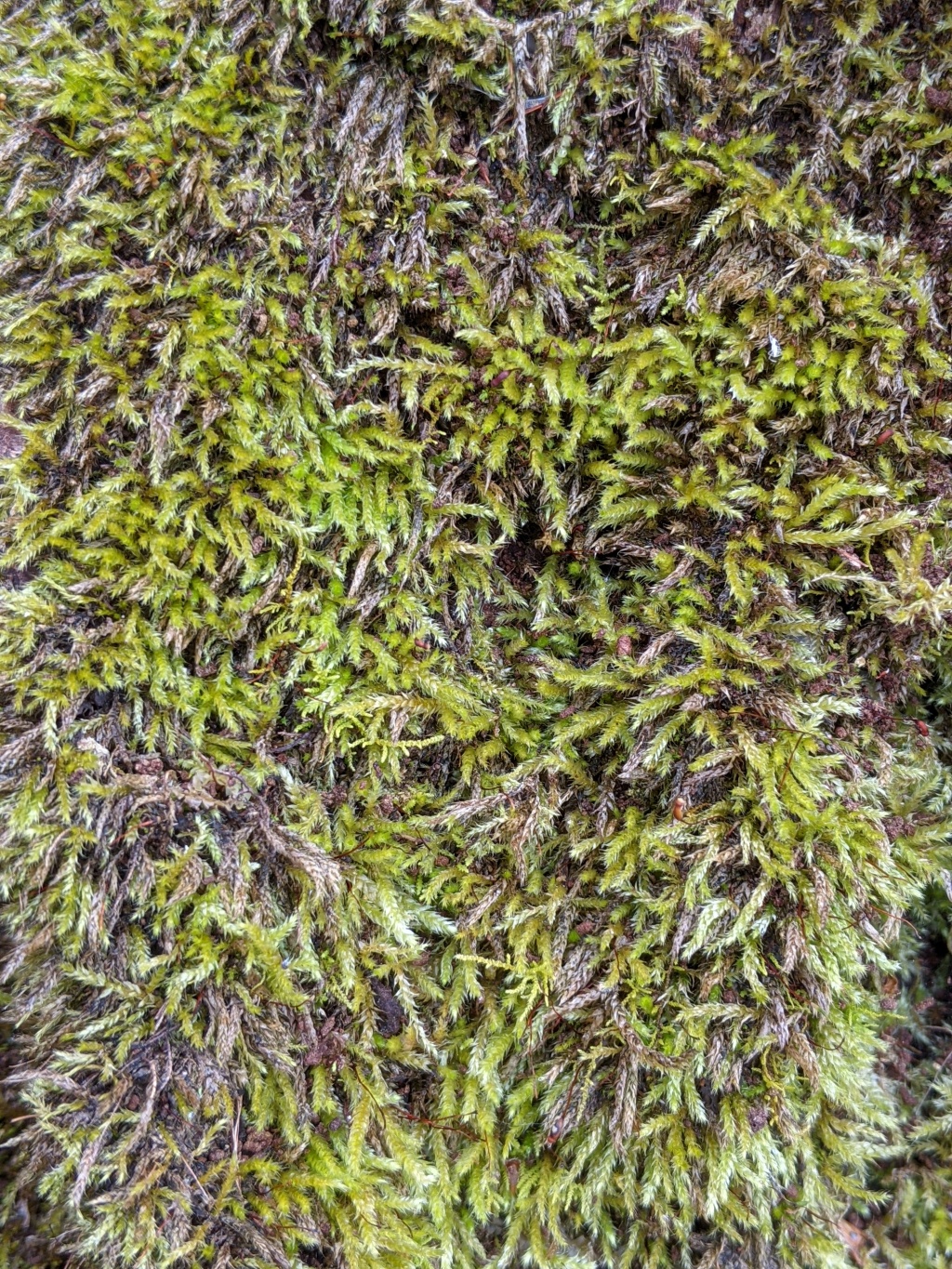Rhynchostegium laxatum
(Mitt.) ParisInterwoven mats on tree trunks, shrub stems, logs or occasionally soil. Stems decumbent, c. 20–50 mm long, irregularly to subpinnately branched, with ascending short branches, with fascicles of brown rhizoids on ventral surface, central strand present. Stem and branch leaves differentiated by shape, erect to spreading when moist, erect and ±striolate when dry; costae single or rarely slightly forked, extending (1/3–) 1/2–2/3 leaf length, not ending in an abaxial spine; margins entire or denticulate toward apices, plane; cells linear-rhombic, 38–96 (–113.5) μm long, 6–12.5 μm wide, shorter at base, smooth; alar cells slightly inflated or subquadrate, in a poorly differentiated group. Stem leaves broadly ovate to oblong-ovate, 1.4–1.9 mm long, 0.6–1 mm wide, weakly concave; apices acuminate or filiform. Branch leaves ovate, mostly 1.2–1.6 (–1.8) mm long, 0.4–0.55 (–0.65) mm wide; apices acuminate. Setae 10–15 mm long, red-brown, smooth. Capsules inclined, oblong-cylindric, slightly curved, 1.4–1.8 mm long. Operculum rostrate from conic base, c. 1 mm long.
GipP, OtP, WaP, NIS, EGU, HSF, HNF. Known in Victoria from a few old records scattered throughout southern parts of the state, the most detailed and recent taken in the 1950’s from a limestone cave entrance near Portland and from wet-sclerophyll forest in the Wallaby Creek catchment near Kinglake. Also NSW and Tas. New Zealand.
 Spinning
Spinning

